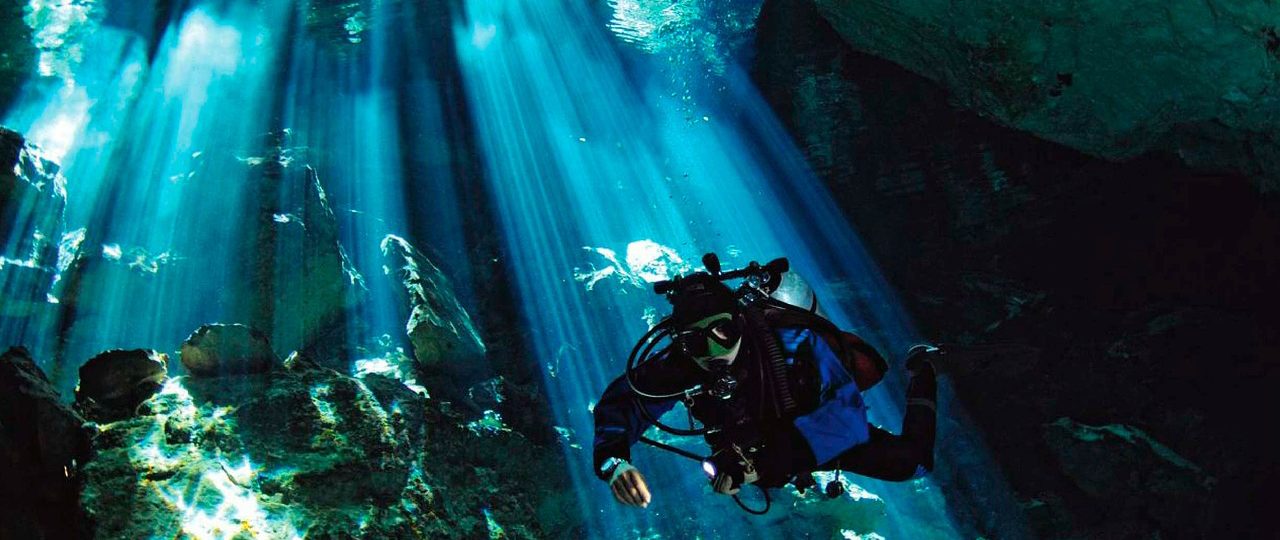Considered by many to be the most exciting place to dive, the Great Barrier Reef has hundreds of visitors each year. It is possible to take a one day trip or even a 3 day trip where you live on board overnight. The reef itself is 2300km long, and has some great shallow places for beginners to learn to dive. There are also deeper reefs where those who are more experienced can dive. If you have never dived and only wish to try your hand at snorkelling, this is possible too. No matter what your experience of diving is, you will all get to see the same colourful marine life that live at the Great Barrier Reef.
A one day trip is perhaps best for beginners as you never know if you are actually going to enjoy doing it and because there are so many great dive spots, no matter where you are staying on the reef, you are never far away from one. There are some really beautiful resorts on the reef too, so when you are not diving you can still enjoy a relaxed laid back getaway and maybe make some new friends.
Jacques Cousteau, perhaps the world’s most famous underwater explorer had one of his favourite diving sites off the Great Barrier Reef. Cousteau, who invented the aqualung, loved to dive off Heron Island in an area known as Heron Brommie. It is also possible for you to visit this location to share the same diving experiences as the late Cousteau.
Beginners have to do a short training course in order to be eligible to dive, this will be provided in a diving package of required. Without the certificate you will not be able to dive. If you already have a certificate you must bring any qualification with you to show the instructors so they know you are able to complete the dive safely. If you forget to bring your documentation, then you will have to complete the beginner’s course again in order to have the certification.
It is important to remember you will be interacting with marine life in their own habitat. This means you run the risk of coming face to face with not only small fish but larger marine life to, such as sharks, sting rays, manta rays and jellyfish to name just a few. It is important to be prepared for these events and s you must make sure you follow your instructors guidance at all times. Avoid touching corals as some of these have venomous spines, stay away from sea urchins which can also be really painful if touched. A good rule of thumb is to not touch anything at all, that way you reduce your risk of injury greatly.
The dive areas might change depending on the time of year, as marine life can migrate and be more abundant in certain places at certain times of the year. Your instructor will choose your dive locations based on this to keep you as safe as possible.

